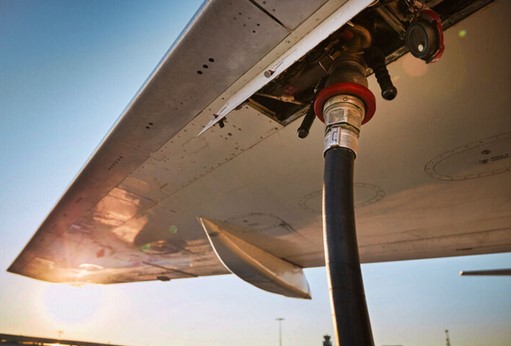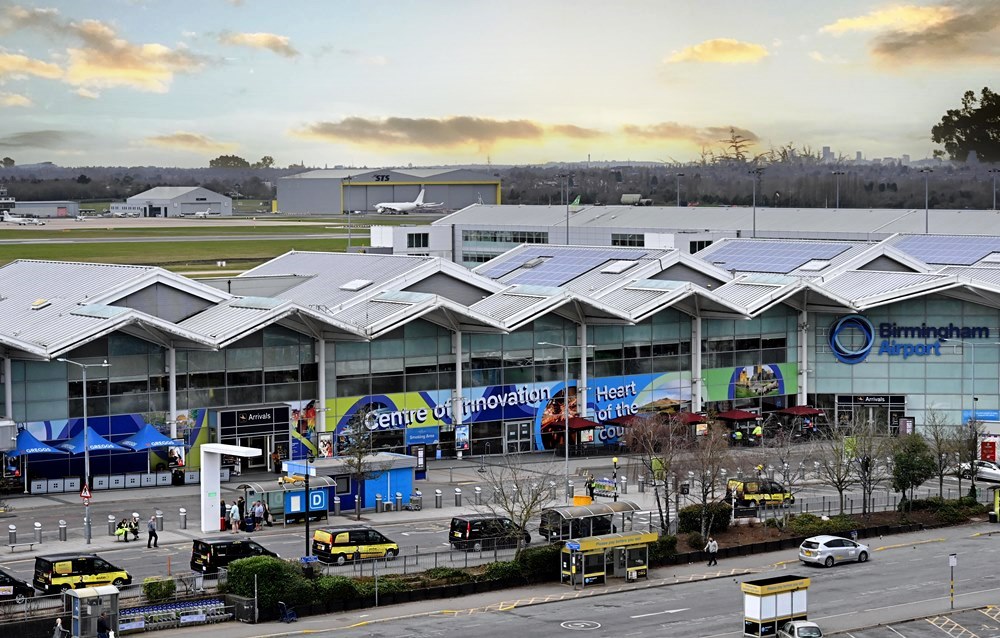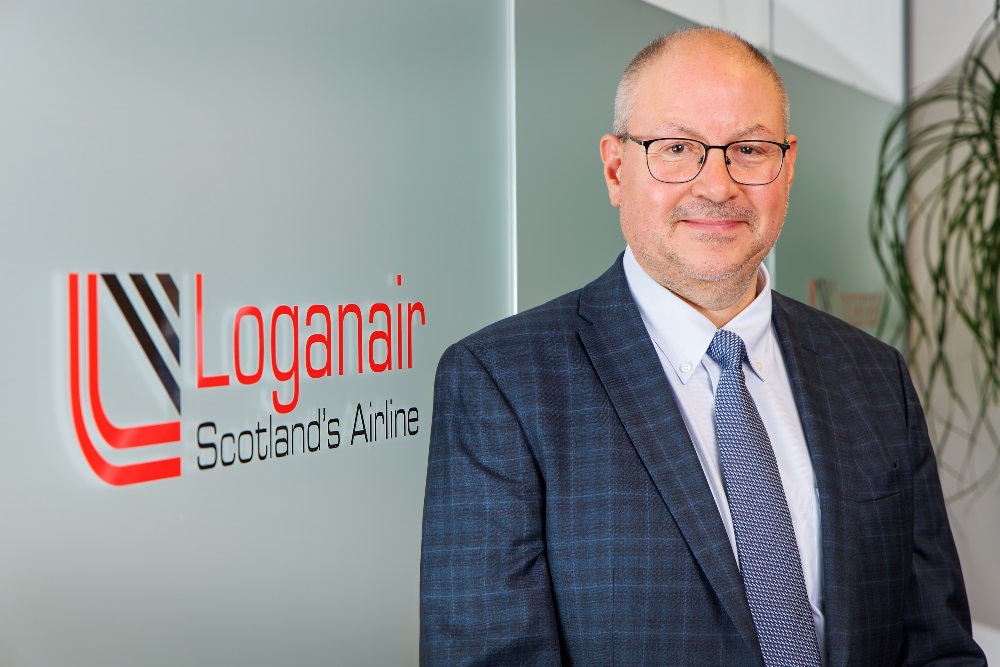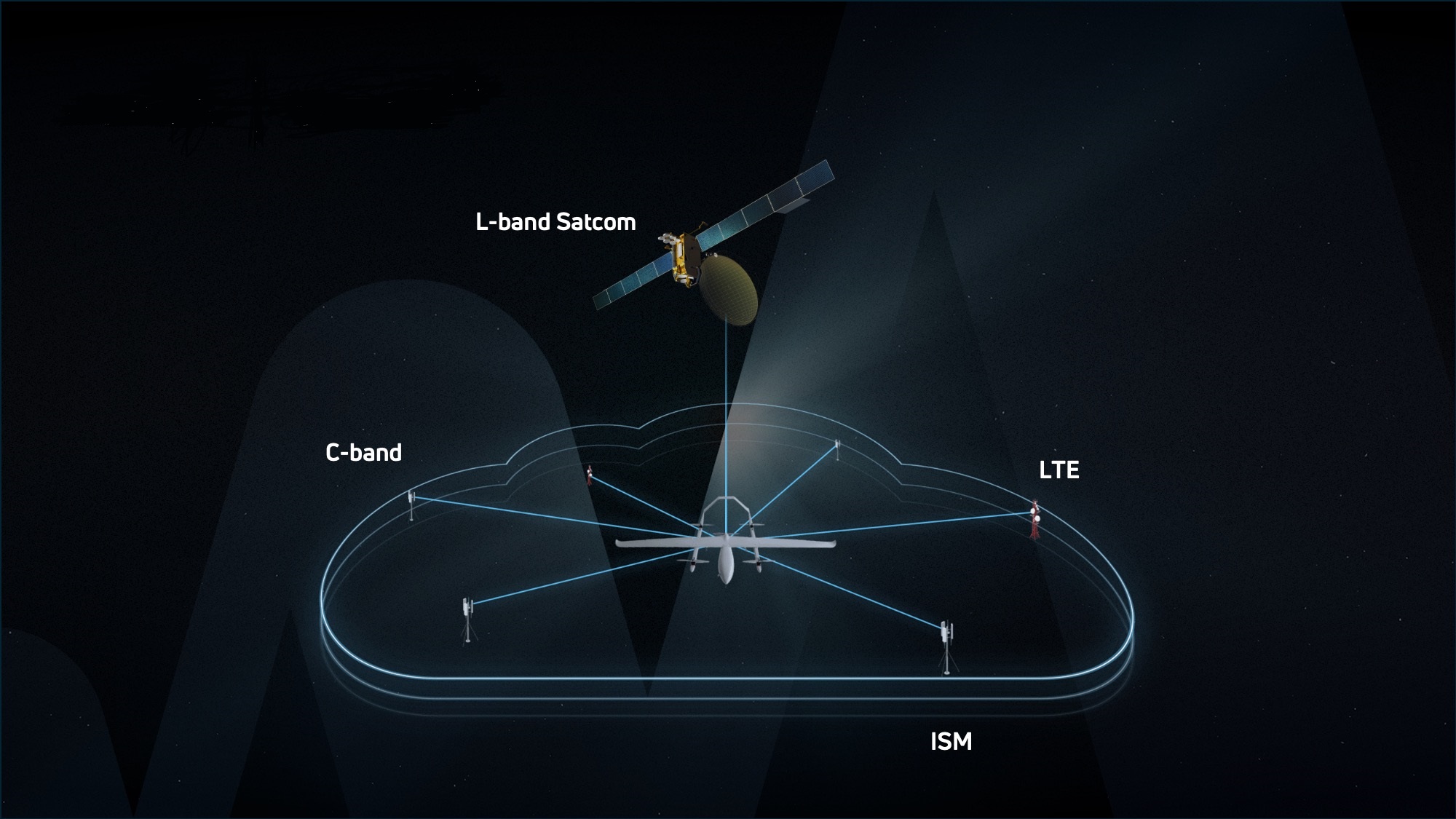Rolls-Royce shares next generation engine designs

The company has built a technology leadership position with its Trent family of engines, the latest of which, the Trent XWB, is the world's most efficient engine flying today. Trent engines will continue in service for decades to come with 2,500 in service and more than 2,500 on order.
Rolls-Royce is continually innovating and, as part of that ongoing process, is looking to build on the success of the Trent family of engines with two new generation engine designs.
The first design, Advance, will offer at least 20% better fuel burn and CO2 emissions than the first generation of Trent engine and could be ready from the end of this decade.
The second, UltraFan, a geared design with a variable pitch fan system, is based on technology that could be ready for service from 2025 and will offer at least 25% improvement in fuel burn and emissions against the same baseline.
Colin Smith, Rolls-Royce director - Engineering and Technology, said: "These new designs are the result of implementing our ongoing technology programmes. They are designed to deliver what our airframe and airline customers tell us they need: even better fuel efficiency, reliability and environmental performance."
Eric Schulz, Rolls-Royce, president - Civil Large Engines, said: "As innovators, we can never stand still, even when we have the leadership position. Our horizons extend into the coming decades and we have amassed a range of new technologies to meet the needs of our customers. I am confident that our engine design strategy will ensure we power the future of global aviation."
Both engine designs are the result of the ongoing research and development investment, of approximately £1bn a year, which Rolls-Royce makes across its aerospace and non-aerospace businesses.
The designs will feature architecture and technology improvements, all currently at an advanced stage of development, that include:
- A new engine core architecture - to deliver maximum fuel burn efficiency and low emissions.
- A CTi Fan System - carbon/titanium fan blades and a composite casing that reduce weight by up to 1,500lb per aircraft, the equivalent of carrying seven more passengers at no cost
- Advanced ceramic matrix composites - heat resistant components that operate more effectively in high turbine temperatures.
- A geared design, called UltraFan™, which will deliver efficient power for high-thrust, high-bypass ratio engines of the future.
In addition, Rolls-Royce has developed and tested technologies to support the Open Rotor engine concept and is positioned to mature them should there be clear market demand for such a product.














